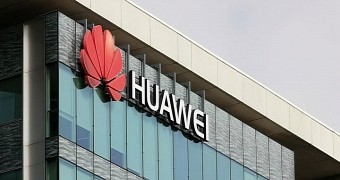The restrictions that US President Donald Trump signed earlier this month bans Huawei from using software and hardware developed by American company, and this means the company can no longer run Windows and Android on its devices.
But because Huawei has actually anticipated such a government order, the firm already has an operating system in the works, and it wants to use it as an alternative to Windows and Android should the ban stay in place.
Huawei said on several occasions that it considers this operating system to be plan B in case it’s no longer allowed to use Android and Windows, and now that this scenario is closer to reality, the Chinese company is ready to accelerate its development.
If everything goes as anticipated and the ban stays in place, Huawei’s operating system could go live in the fall of this year for Chinese users. The company is aiming for an international launch in 2020.
“Today, Huawei, we are still committed to Microsoft Windows and Google Android. But if we cannot use that, Huawei will prepare the plan B to use our own OS,” Richard Yu, CEO of Huawei’s consumer business, told CNBC.
No Google services
The operating system wouldn’t feature any Google services, but instead come with the Huawei App Gallery, which is an alternative to the Google Play Store. Huawei would thus be able to continue offering apps to users, even without the Google store.
“We don’t want to do this but we will forced to do that because of the U.S. government. I think the U.S., this kind of thing, will also not only be bad news for us, but also bad news for the U.S. companies because we support the U.S. business, so we will be forced to do this on our own,” Yu continued. “We don’t want to do this but we have no other solution, no other choice.”
For now, however, Huawei has several concerns to address. The company not only that can’t rush the development of the OS because this could make it prone to bugs, but at the same time, it can’t keep it in the works for too long because bringing it to the market later than usual could push back the launch of several key products.

 14 DAY TRIAL //
14 DAY TRIAL //